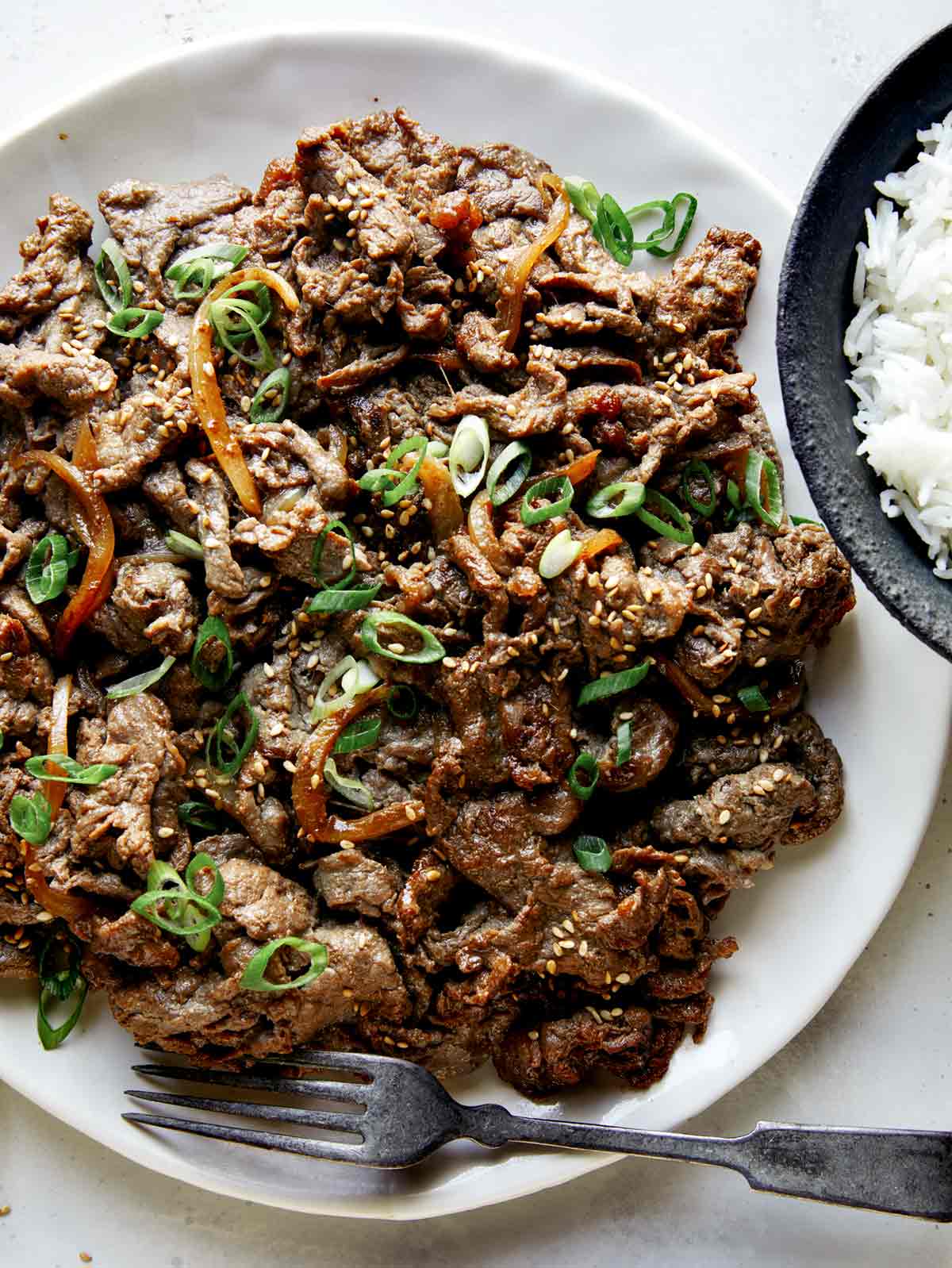Sourcing Sustainable and Morally Increased Meat for Your Home
Sourcing Sustainable and Morally Increased Meat for Your Home
Blog Article
From Farm to Table: Fresh and Premium Meat Choices
The trip of meat from farm to table envelops an intricate interaction of quality, values, and sustainability. This change not just enhances the nutritional account of meat but likewise supports neighborhood economies.
Recognizing Meat Sourcing
As consumers become increasingly familiar with the beginnings of their food, understanding meat sourcing has gotten vital importance. Meat sourcing includes tracing the trip of meat from farm to table, including numerous elements such as farming techniques, pet welfare, and ecological effect. This recognition equips consumers to make educated choices that line up with their worths, particularly relating to sustainability and moral factors to consider.
The sourcing of meat can differ considerably based on multiple requirements, including the kind of animals, farming methods, and geographical place. Grass-fed beef usually comes from pasture-based systems that advertise animal well-being and reduce ecological destruction. Alternatively, standard meat may entail extensive farming practices that raise issues concerning antibiotic use and habitat destruction.
In addition, traceability plays an important duty in meat sourcing. Recognizing the details ranch or area where the meat stems assists consumers make sure quality and safety and security. Many consumers currently seek qualifications or tags that show gentle therapy and lasting practices, showing a growing demand for openness in the food supply chain. Ultimately, recognizing meat sourcing not only improves consumer choice but also cultivates accountable consumption and sustains honest farming techniques.
Benefits of Fresh Meat
Choosing fresh meat uses numerous advantages that prolong beyond flavor and appearance. Fresh meat commonly preserves higher nutritional value contrasted to its icy or refined counterparts. It is commonly richer in essential nutrients, such as B vitamins, iron, and zinc, which are important for keeping general health and wellness.
Moreover, the sourcing of fresh meat typically entails shorter supply chains, reducing the time between ranch and table. This implies that the meat is less likely to shed its dietary honesty during transportation and storage. Furthermore, consumers can experience improved preference and juiciness, which can raise culinary experiences.
Fresh meat additionally gives a chance for consumers to support neighborhood farmers and promote sustainable agricultural techniques. When buying from regional sources, individuals can add to their neighborhood economic climate and promote a better connection to the food they eat.
Lastly, fresh meat is usually without the chemicals and additives frequently located in processed choices. This makes it a cleaner, much healthier option for those aiming to reduce their consumption of artificial active ingredients. Overall, the benefits of picking fresh meat encompass health, taste, and a sense of area engagement.
Animal Welfare Criteria
Making certain high animal well-being requirements is vital for both honest factors to consider and the top quality of meat products. The treatment of animals directly influences not just the moral effects of meat manufacturing yet also the overall quality and security of the end items. Pets raised in gentle problems are less stressed out, leading to much healthier pets and, consequently, premium meat high quality.
Rules and qualifications concerning animal well-being have become significantly substantial in the meat sector. These structures guarantee animals are provided with ample room, proper nutrition, and humane handling throughout their lives. Practices such as pasture-raised systems and free-range environments add to better animal welfare by permitting animals to exhibit natural behaviors, which is essential for their wellness.
Furthermore, consumers are becoming much more discerning regarding the sources of their meat, bring about an expanding need for blog here items that abide by rigid pet welfare criteria. This shift not just promotes honest farming methods but likewise encourages manufacturers to take on actions that improve the wellness and well-being of their animals. Meat. Eventually, focusing on pet welfare is not simply an ethical imperative; it is likewise a path to creating premium-quality meat that satisfies consumer assumptions

Sustainable Farming Practices
Lasting farming practices play an important role in improving both animal welfare and the quality of meat products. These techniques stress the relevance of environmental stewardship, honest therapy of livestock, and source effectiveness. By applying rotational grazing, farmers can advertise healthy and balanced pasture communities, permitting pets to feed on nutrient-rich turfs while preventing overgrazing. This approach not only supports animal health yet likewise enriches the soil, minimizing the need for synthetic plant foods.
Additionally, sustainable farming frequently integrates integrated parasite administration and organic feed alternatives, decreasing using unsafe chemicals. This approach not only safeguards animal health yet also causes cleaner, much safer meat items for customers. Water preservation strategies, such as rainwater harvesting and reliable irrigation systems, further contribute to sustainable practices, ensuring that sources are utilized deliberately.
In addition, promoting click to find out more biodiversity with polyculture systems and protecting environments for wildlife boosts the strength of farming environments. By prioritizing these sustainable approaches, farmers can produce high-grade meat that fulfills customer need while promoting ecological equilibrium. Eventually, welcoming read this post here lasting farming practices is important for creating a more liable and resistant food system that benefits pets, farmers, and consumers alike.
Picking High Quality Over Amount
Often, consumers are confronted with the predicament of choosing in between quantity and high quality when it concerns meat items. While buying larger quantities may appear economically useful, the long-lasting benefits of selecting high-grade meat far outweigh the prompt financial savings. Quality meat is commonly sourced from pets increased in lasting environments, where they are offered appropriate nutrition and treatment, resulting in premium taste and dietary worth.
Premium meats are commonly without damaging additives, hormonal agents, and antibiotics that are usually existing in mass-produced options (Meat). This not only makes certain a much healthier eating experience yet likewise sustains honest farming methods that prioritize pet welfare. Additionally, costs meats tend to have a much better appearance and taste, enhancing the overall cooking experience
Buying top quality meat urges consumers to value smaller sized parts, permitting an extra conscious strategy to consuming. This shift not only affects personal health and wellness positively however also advertises lasting consumption patterns that can benefit the atmosphere. In verdict, focusing on top quality over quantity when selecting meat items promotes a much more responsible and health-conscious lifestyle, ultimately improving both the dining experience and the planet.
Conclusion

Report this page